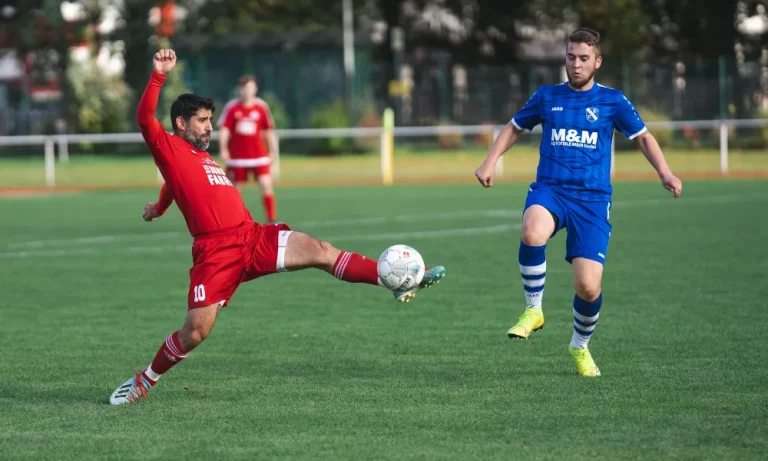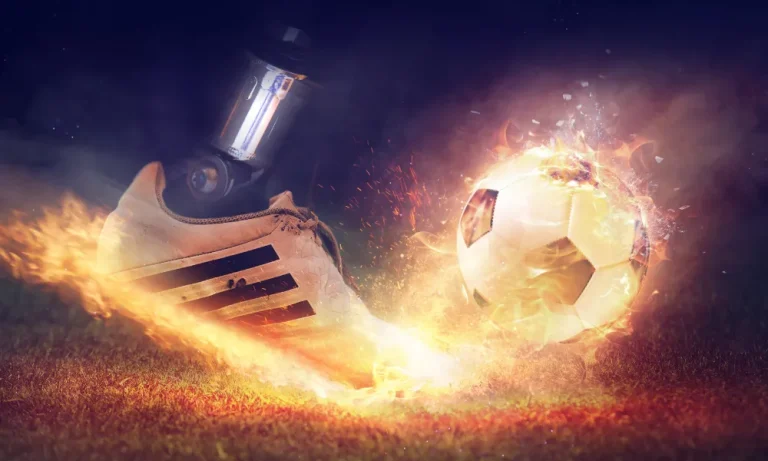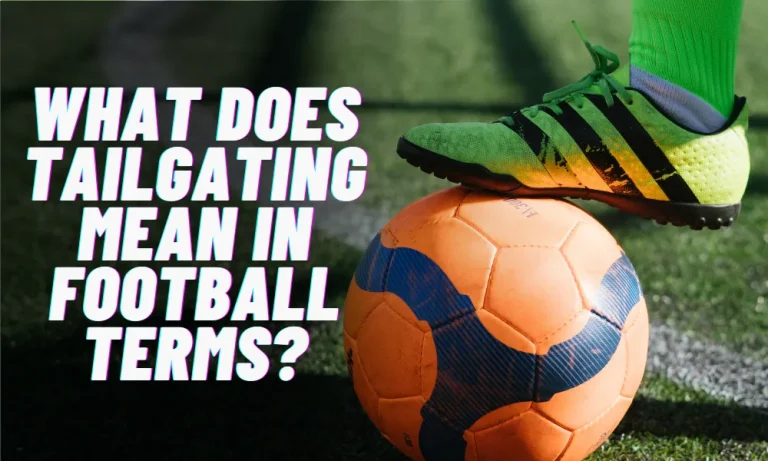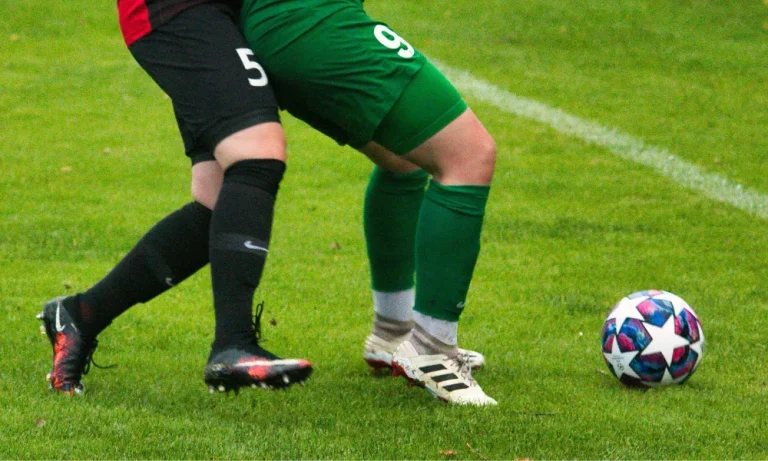What are Some Things to Become a Good Strong Safety in Football?
Do you dream of becoming a force to be reckoned with on the football field? Are you fascinated by the strategic brilliance and physicality of the game? If so, then you’ve probably wondered what it takes to become a good strong safety in football. Your position as a strong safety is crucial to the success of your team’s defense. In this article, we’ll explore the importance of a strong safety position, delve into the role and responsibilities of a strong safety, and highlight the impact they can have on a team’s defense.
What is a Strong Safety?
As a football enthusiast, you might have heard the term “strong safety” being thrown around, but what exactly does it mean? Let’s dive into the world of football positions and explore the role of a strong safety.
The strong safety position in football is a crucial part of a team’s defensive strategy. They are typically positioned on the strong side of the formation, hence the name. Their primary role is to provide support in both pass coverage and run defense. A strong safety needs to be versatile, possessing a combination of physicality, agility, and football intelligence.
To excel as a strong safety, specific traits and skills are required. First and foremost, a strong safety must have excellent tackling ability. They need to be able to bring down opposing players effectively to halt the progress of the offense. Additionally, strong safeties need to have good coverage skills. They should be able to read the quarterback’s intentions, anticipate routes, and make quick decisions to defend against passes.
Physical Attributes of a Strong Safety
As a strong safety in football, having the right physical attributes is essential for success on the field. Let’s explore the ideal physical traits for a strong safety and how they contribute to their effectiveness as a player.
Size is an important factor for a strong safety. While there is no specific height requirement, a strong safety should have a solid build and be able to hold their ground against larger opponents. This physicality allows them to effectively tackle and engage in physical battles near the line of scrimmage.
Speed is another crucial attribute for a strong safety. They need to be able to cover ground quickly, whether it’s defending against deep passes or closing in on ball carriers. A strong safety’s speed allows them to react swiftly to the action on the field, making crucial plays and preventing big gains by the offense.
Strength is also vital for a strong safety. They often find themselves in situations where they need to shed blocks from offensive linemen or tight ends to make tackles. Strength enables them to overpower opponents and maintain control in these encounters.
Football IQ and Knowledge
As a strong safety in football, having a high football intelligence and awareness is crucial for success on the field. Let’s delve into the importance of football IQ and how it impacts the role of a strong safety.
Football IQ refers to a player’s understanding of the game, including strategic concepts, offensive and defensive schemes, and situational awareness. For a strong safety, this knowledge is invaluable. Understanding offensive schemes allows them to anticipate plays, read the quarterback’s intentions, and make informed decisions to defend against passes or support in run defense.
Film study plays a significant role in developing football IQ for a strong safety. By analyzing game footage, they can gain insights into opponents’ tendencies, formations, and tendencies of specific players. This knowledge helps them to recognize patterns, make pre-snap adjustments, and position themselves optimally to make impactful plays on the field.
The ability to read and react quickly to different game situations is a hallmark of a strong safety with a high football IQ. They need to process information rapidly, assess the developing play, and adjust their positioning accordingly. This allows them to be in the right place at the right time, disrupting passes, providing run support, or even making interceptions.
Key Skills for a Strong Safety
To excel as a strong safety in football, there are several essential skills that one must possess. Let’s discuss these skills, including tackling, coverage, and ball skills, and explore techniques and drills to improve them.
Tackling is a fundamental skill for a strong safety. They must be able to bring down opposing players effectively and prevent them from gaining yards after contact. Proper technique, such as maintaining leverage, wrapping up the ball carrier, and driving through the tackle, is crucial to ensure successful tackles.
Coverage skills are also vital for a strong safety. They need to be able to cover tight ends, wide receivers, or running backs in both man-to-man and zone coverage. This requires good footwork, hip flexibility, and the ability to read the quarterback’s eyes and anticipate routes.
Ball skills refer to the ability to make plays on the ball, including interceptions and pass breakups. Strong safeties need to have good hand-eye coordination, timing, and the ability to high-point the ball. These skills can be honed through drills such as catching tennis balls, practicing tip drills, and simulating game-like situations.
For aspiring strong safeties looking to enhance their abilities, it is crucial to focus on the fundamentals. This includes practicing proper tackling technique, studying film to understand coverage concepts, and dedicating time to improving ball skills through targeted drills. Additionally, working on agility and speed through ladder drills and cone exercises can help improve overall performance on the field.
Leadership and Communication
As a strong safety on the field, my role as a leader is crucial in ensuring the success of the defensive unit. A strong safety is responsible for organizing and coordinating the defensive efforts, making critical decisions, and motivating the team. By leading by example, I set the tone for the rest of the players, instilling confidence and discipline.
Effective communication with other defensive players is paramount for a cohesive and efficient defense. Clear and concise communication ensures that everyone is on the same page, understands their assignments, and can react quickly to the opposing team’s actions. By communicating effectively, we can adjust our strategy in real-time, exploit weaknesses in the offense, and prevent big plays.
Several strong safeties stand out for their exceptional leadership and communication skills. One notable example is Troy Polamalu, who played for the Pittsburgh Steelers. Polamalu was renowned for his ability to read the game, make quick decisions, and communicate effectively with his teammates. His leadership on the field was instrumental in the success of the Steelers’ defense.
Another example is Ed Reed, who played for the Baltimore Ravens. Reed was known for his football intelligence and his ability to communicate defensive adjustments to his teammates. His leadership and communication skills were vital in the Ravens’ Super Bowl-winning season, where they boasted one of the league’s top defenses.
Mental and Emotional Resilience
Playing the strong safety position requires not only physical prowess but also mental and emotional resilience. The mental aspect of the game involves handling pressure, making split-second decisions, and bouncing back from mistakes. It is essential to stay focused and composed in high-pressure situations to perform at my best.
Handling pressure is a crucial skill for a strong safety. The position demands quick thinking and the ability to react under intense circumstances. By staying calm and composed, I can make better decisions and execute my responsibilities effectively. Developing mental toughness allows me to embrace the pressure and perform at a high level consistently.
Making split-second decisions is another aspect that requires mental agility. As a strong safety, I need to read the offense, anticipate their moves, and react accordingly. This requires a sharp mind and the ability to process information quickly. By training my decision-making skills and being confident in my abilities, I can make swift and accurate choices on the field.
Bouncing back from mistakes is a crucial aspect of mental and emotional resilience. In a fast-paced and high-stakes game like football, mistakes are bound to happen. It is essential to learn from them, stay positive, and quickly move on. By maintaining a resilient mindset, I can bounce back from setbacks and continue to perform at a high level.
Training and Conditioning
To excel as a strong safety, a specific training regimen and conditioning program are essential. This position requires a combination of strength, agility, and endurance to perform at a high level consistently.
Strength training plays a crucial role in the development of a strong safety. Building strength in the upper body, lower body, and core muscles is vital for tackling, shedding blocks, and delivering powerful hits. Exercises such as bench presses, squats, deadlifts, and plyometric drills help improve overall strength and explosiveness.
Agility is another key aspect of training for a strong safety. The ability to change direction quickly, maintain balance, and react to the opposing team’s movements is essential. Incorporating agility ladder drills, cone drills, and lateral movements into training sessions helps enhance footwork, coordination, and agility on the field.
Endurance is crucial for a strong safety, as this position requires constant movement and the ability to maintain a high level of performance throughout the game. Cardiovascular exercises such as running, cycling, and interval training help improve endurance and stamina. Additionally, incorporating high-intensity interval training (HIIT) sessions into the training program can simulate game-like conditions and improve cardiovascular fitness.
FAQs
What are some key attributes to become a good strong safety in football?
Key attributes include strong tackling skills, good coverage abilities, excellent agility and speed, strong communication skills, and the ability to read and react quickly.
How can I improve my tackling skills as a strong safety?
Practice proper tackling techniques, focus on body positioning, and work on improving your strength and explosiveness through specific drills and exercises.
What can I do to improve my coverage abilities as a strong safety?
Develop your understanding of defensive schemes, study film to analyze opponents’ tendencies, work on your footwork and agility, and practice reading and reacting to different passing routes.
How can I enhance my agility and speed as a strong safety?
Incorporate agility ladder drills, cone drills, and plyometric exercises into your training routine. Focus on quick footwork, change of direction, and speed training exercises.
How important is communication as a strong safety?
Communication is crucial for a strong safety to effectively coordinate with other defensive players, make adjustments on the field, and ensure everyone is in the right position to execute defensive strategies.
Conclusion
Becoming a good strong safety in football requires dedication and commitment. We have explored the importance of a strong safety position, the role they play on the field, and the impact they can have on a team’s defense. Aspiring strong safeties must constantly work hard and strive to improve their skills. Remember, it’s not just about physical prowess but also about mental agility, anticipation, and the ability to make split-second decisions. So, if you aspire to become a formidable strong safety, keep pushing yourself, stay focused, and never stop honing your abilities. With determination and perseverance, you can become the game-changer your team needs.





